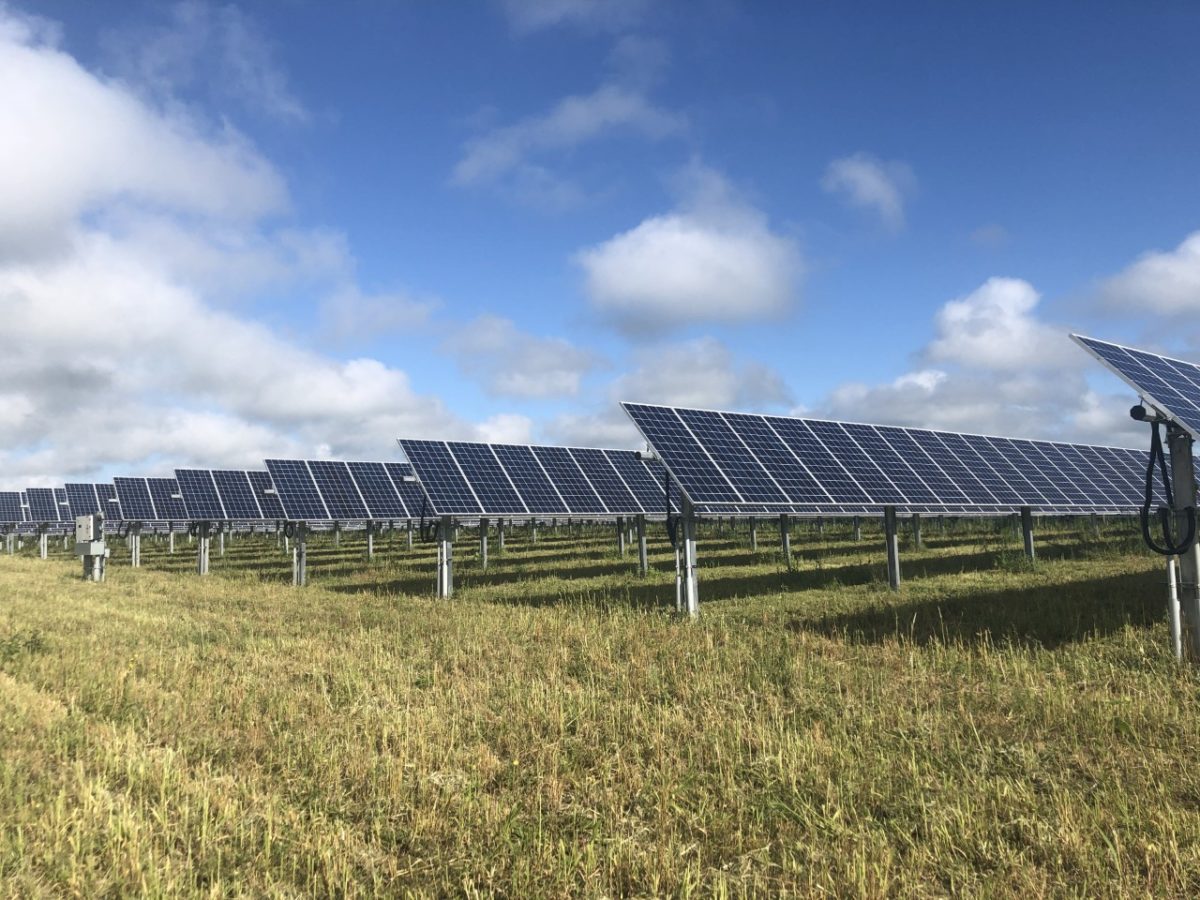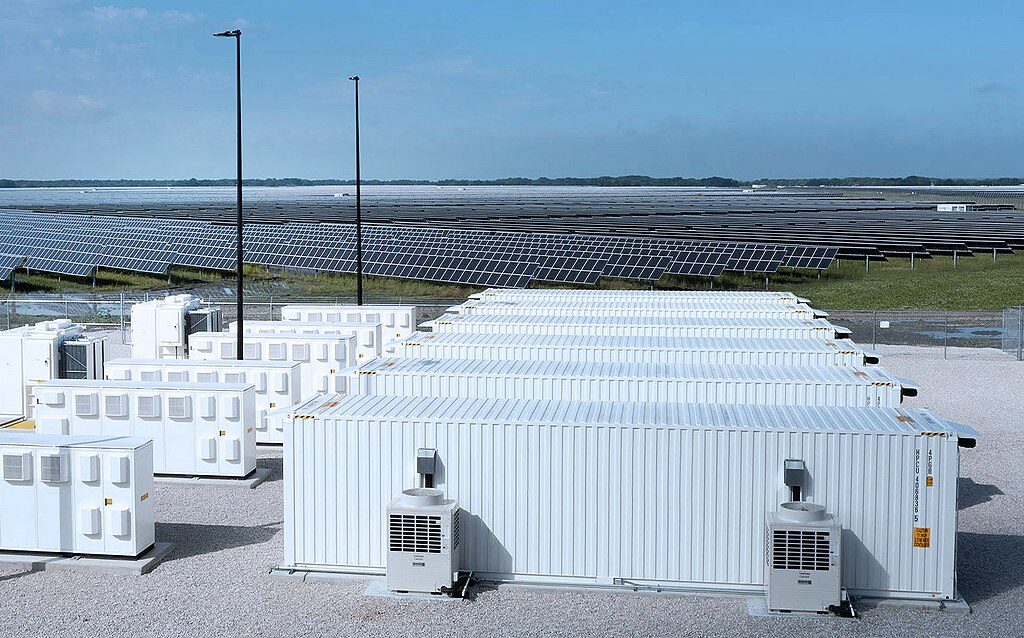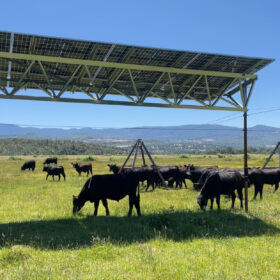Since 2004, the US solar industry has grown from 58 to over 121 GW of total installed capacity. Growth is increasing rapidly, with thousands of solar and other renewable energy projects in the planning stages. But too many of these projects are stalled by long interconnection queues, where they face an average timeline of three+ years to get connected to the grid. Because of these delays, about 75% of projects drop out before completing the interconnection process.
This unacceptable interconnection situation has been recognized for some time as a significant barrier to deploying renewable energy projects. Until now, efforts to address the issue were regional and uncoordinated. That’s set to change with the notice of proposed rulemaking (NOPR) issued by the Federal Energy Regulatory Commission (FERC) on June 16. FERC’s proposed reforms are intended to address interconnection queue backlogs, improve certainty, and prevent undue discrimination against new technologies.
What’s in the FERC proposal
This action by FERC is exciting and appropriate. The NOPR offers common-sense changes that are essential for the expedient deployment of new clean energy resources that our country desperately needs to meet our climate and energy goals. As electricity needs in the United States increase with population growth and expanding electrification and more regions experience blackouts, we need to ensure an affordable and reliable supply of clean energy and energy storage.
If FERC adopts the proposed rules, they will be instrumental in ensuring we can achieve our country’s clean energy and climate goals while meeting our energy needs. Appropriately, the NOPR focuses on speeding up interconnection with these key proposed reforms:
- A first-ready, first-served cluster study process with more extensive interconnection studies that include multiple proposed generating facilities rather than separate studies for each facility. The readiness requirement prioritizes projects that have a greater chance of being completed.
- Firm deadlines and penalties for transmission providers that fail to complete interconnection studies on time.
- A requirement that transmission providers use a standardized and transparent study process.
The NOPR also calls for simplifying the process for studying interconnection requests related to the same state-authorized or mandated resource solicitation. It allows more than one resource to co-locate on a shared site behind a single point of interconnection and share a single interconnection request (a bonus for solar + storage projects) and allows interconnection customers to add a generating facility to an existing interconnection request under certain circumstances. It also proposes modeling and performance requirements for non-synchronous generating facilities, which is pertinent to inverter-based solar systems.
The Solar Energy Industries Association (SEIA) has outlined several guiding principles for interconnection reform: interconnection processes for solar and storage must be detailed and transparent, with clear timelines and processes; interconnection rules must be rigorously enforced; and infrastructure upgrade cost estimates must be reasonable, directly related to the project and durable. FERC’s proposal goes a long way in addressing these principles and making the needed reforms.
The path to removing interconnection bottlenecks
Interconnection reform enjoys bipartisan support, fueled by a widespread recognition that interconnection delays are significant deterrents to deploying renewable energy and energy storage. FERC’s vote on its proposed decision was unanimous.
The decision is still subject to change. The NOPR is now open to comments, which are due 100 days after its publication on June 16, with reply comments due in 130 days. It’s possible that the decision could change substantially during that time. But the strong support for the proposal so far, coupled with the consensus on the need for reform, suggests that key provisions are likely to remain in place.
Standard Solar supports this effort. It’s essential for interconnection reform to move forward. By the end of 2021, there were more than 1,400 GW of energy generation and storage projects in interconnection queues around the country — a volume that has more than tripled in just five years. FERC’s proposal could open up this interconnection backlog and pave the way for solar and storage projects to be completed more quickly. This would result in much more solar and storage being deployed.
As an industry, we know that this is solar’s time. Solar energy is cost-effective, and commercial- and utility-scale energy storage is becoming increasingly viable. To meet our climate and energy goals, we need to deploy large amounts of solar and energy storage at speed and scale. That means it’s time for major interconnection reform.
The views and opinions expressed in this article are the author’s own, and do not necessarily reflect those held by pv magazine.
This content is protected by copyright and may not be reused. If you want to cooperate with us and would like to reuse some of our content, please contact: editors@pv-magazine.com.








Better not forget about high capacity factor nuclear generation, or natural disasters will leave large portions of the grid in the dark if we become over reliant on solar, wind and batteries with hours of stored energy after most of our fossil fueled plants are shut down.
Presently, the only steel plants that can forge ingots large enough to make nuclear plant components are in CHINA and Japan.
Better get ’em back up and running here, before “Fit hits the Shans”, aka: windmills! Pardon my dyslexia…😜
https://world-nuclear.org/information-library/nuclear-fuel-cycle/nuclear-power-reactors/heavy-manufacturing-of-power-plants.aspx
Very funny. The problem in America is that the RETHUGLICANS are owned by the utility companies who hate to allow connections to the grid. In LA the DWP UNION CONTROLS ALL SOLAR BUT CHARGES OUTRAGEOUS HOOKUP FEES. PG&E SHOULD BE DISBANDED FOR THE COMMON GOOD
THERE SHOULD BE NO MORE THAN A ONE WEEK WAIT EVER.
Hoping this can be redirected to speed reliable, widely economical microgrid distributed solar energy, comfortably at – neighborhood use – scale. Allow – no – fast-tracking to promote/maximize falling (and false Green) profitability, of – this – (1976 FLPMA culture) corporate utility scale solar concept: “Large array” “linked” infrastructure development – sited destructively and deliberately, across and through, Last Stand “biological refugia” wildlands.
USGS, USFWS, and now NASA and NOAA, and soon other agencies? entrusted with environmental security – will have removed the rush business angle from the US transition to stable, and fitted, solar energy service.
The Mojave Desert is the largest remaining “refuge” ecosystem in the northern half of Earth’s western hemisphere. Geophysicists, hydrologists, biologists, meteorologists, geologists – not speculator investors – should speak out for what must be done and, what cannot be done, with renewable energy “development”. Evolution of exponentially more efficient photovoltaics physics and industrial tech, will cascade forwards. The Agencies are here to say: No outdated, soon unproductive engineering and infrastructure, will be built at the cost of losing currently productive, irreplaceable, natural ecosysytems like the Mojave Desert, in the meantime. Protecting Last Stand “biological refugia” wildlands, waterbanking soils, efficiently attuned vegetation and the singular, essential engineering activity of the native animal species, is far more valuable, in a realistic plan for the future, than making sure that energy development corporations shall be satisfied with their prospects for profit.
No part of the Mojave Desert was or is “free”, “unlimited” “wasteland”.